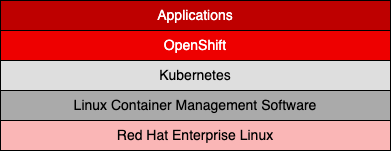In part three of this series, we have seen how to deploy our Quarkus/Camel-based microservices in Minikube, which is one of the most commonly used Kubernetes local implementations. While such a local Kubernetes implementation is very practical for testing purposes, its single-node feature doesn't satisfy real production environment requirements. Hence, in order to check our microservices behavior in a production-like environment, we need a multi-node Kubernetes implementation. And one of the most common is OpenShift.
Read the full podt hereMicroservices With Apache Camel and Quarkus (Part 5)
